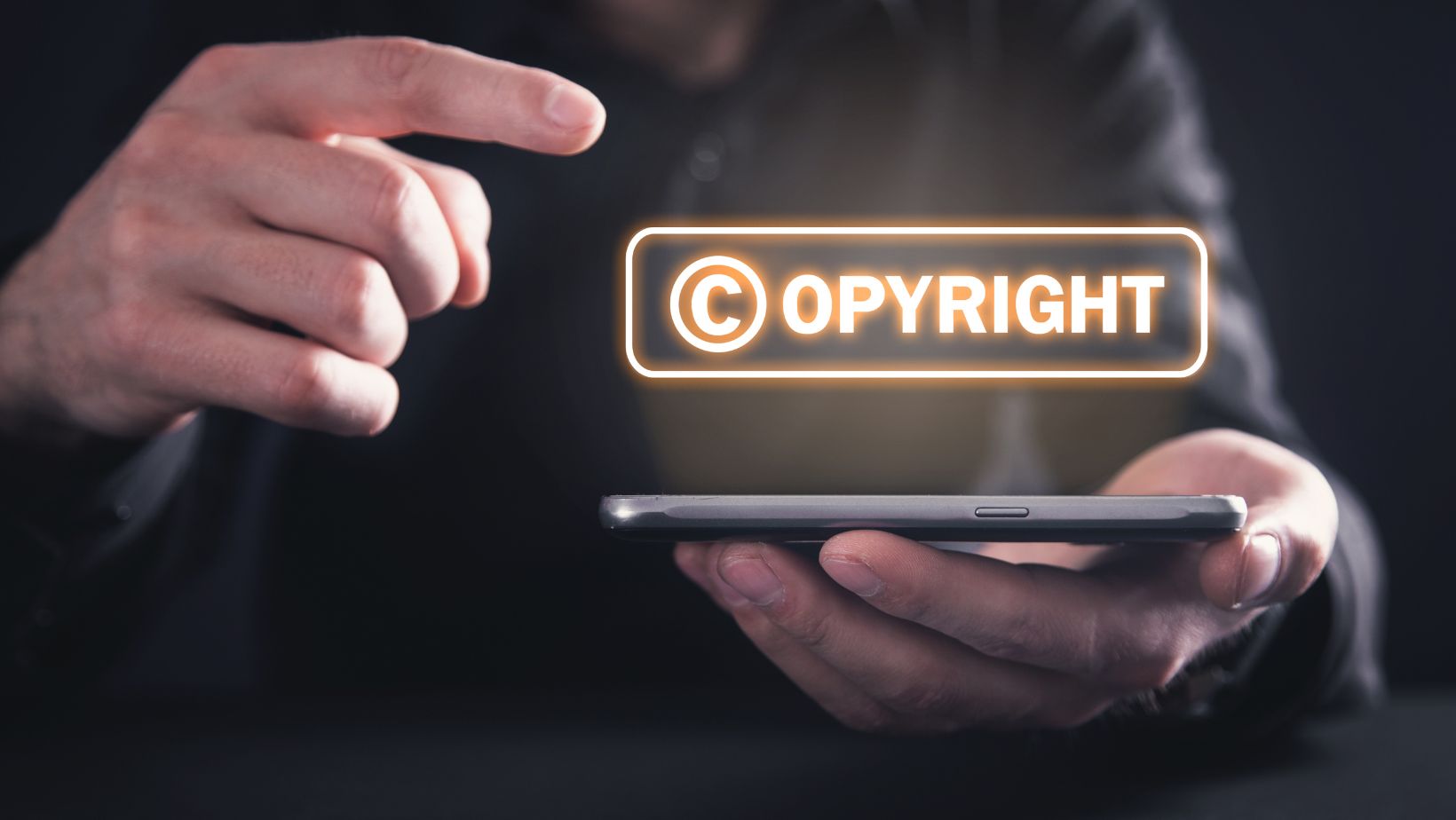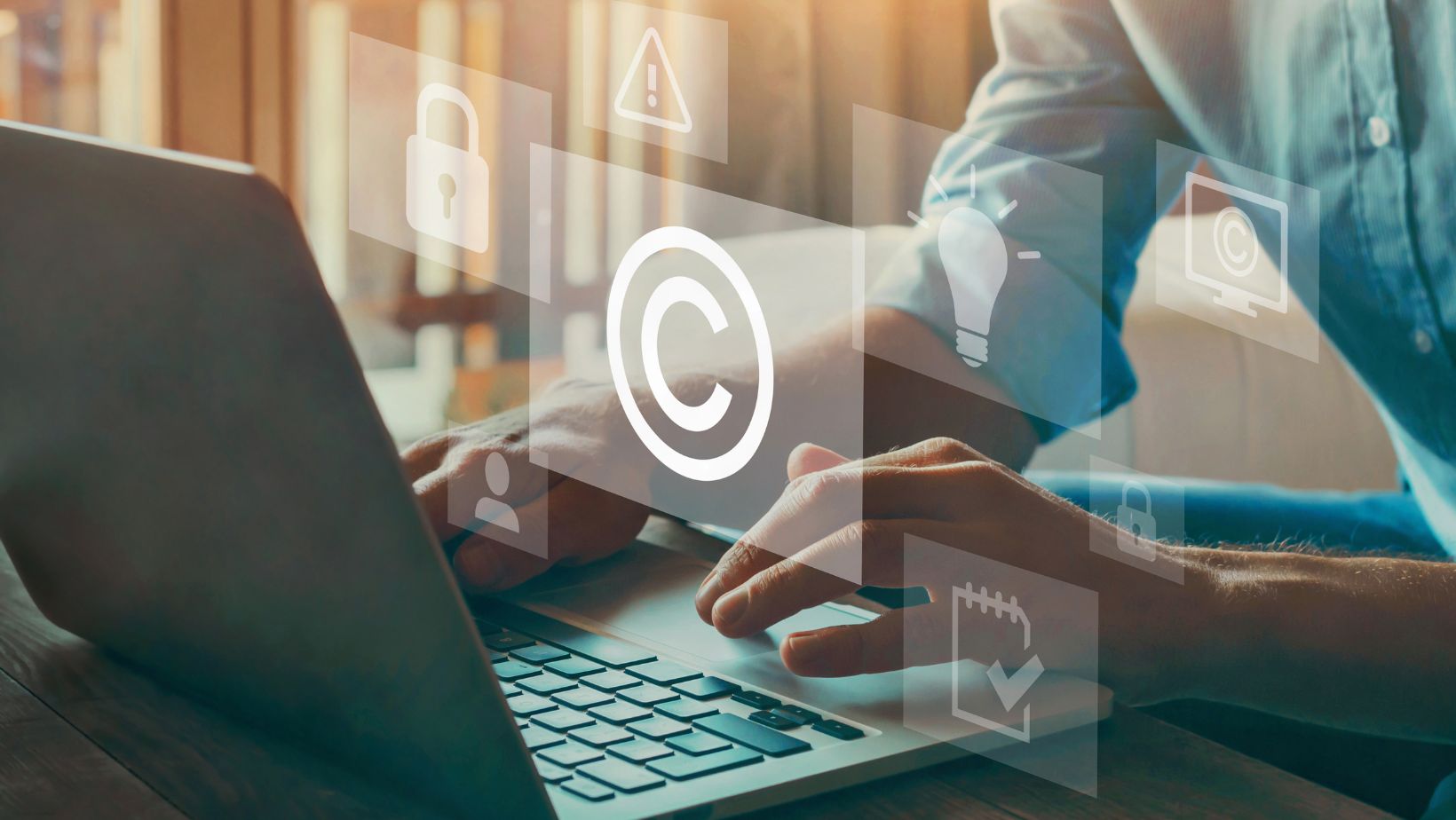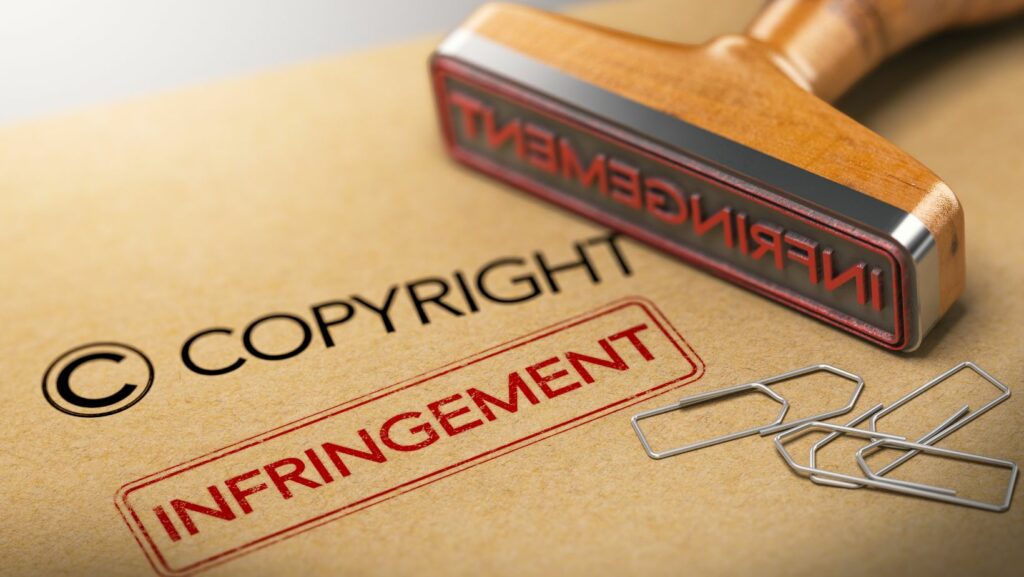If you are a photographer or ever thought about becoming one, you must have dreamed of taking pics everybody loves.
But have you ever thought about what would happen if they get stolen or someone else takes credit for them?
Nowadays, it’s easy to steal a pic, as simple as copying and pasting sometimes.
On the contrary, it can be complicated to trace photos back to their true source; this is one of the main challenges for photographers in 2024.
Copyright 101
What is it?
Basically, copyright is a legal right that grants creators the exclusive rights to use and distribute their original work.
This means that as a photographer, you should have control over how your photos are used, reproduced, and distributed.
About 2.5 billion images are stolen each day, according to a 2019 research. Just imagine how hard it can be to control this enormous number of creators and how they struggle with copyright daily.
Copyright is a way of ensuring your work, maintaining its integrity, and even monetizing it.
If copyright didn’t exist, no one would have the rights to their creative work, and we would be submerged in chaos.
Plus, it would become pretty hard to monetize any kind of art, and creative souls wouldn’t be able to live from their art anymore.
How to Copyright Your Work
Protection is Automatical…
Maybe you don’t know this, but your photos are automatically copyrighted the moment you capture them. They are yours from the moment you have the vision. Luckily, there’s no need for a formal registration to have any kind of protection.
But Registering Can Benefit You
While automatic protection is a great tool, registering your copyright with the appropriate authorities offers additional legal benefits.

It’ll be easier for you to demonstrate and to move on with a legal course in case of an infringement.
There are many ways you can register.
Check your country’s copyright laws and investigate the specific procedure for your area of living.
Watermarks: Sure
Watermarks are a simple yet effective way to discourage the unauthorized use of your images.
This is a simple, visible reminder of your ownership and makes it harder for others to claim your work as their own.
Plus, this can also be a good marketing strategy. If someone found your pic online and they like it, bum! You might have a new client.
How Can I Protect My Photos?
In reality, it’s impossible to keep full track of your images once you upload them online. What you can do is try to avoid being an easy target. Here’s how you can do it:
Digital Rights Management (DRM)
DRM tools can help you control how your images are used online. They use technology to control access to your copyrighted material.
It also allows copyright holders, photographers, and content creators to control how other people manage their work.
For example, by using these tools, you can choose on which platforms you allow your content to be shared or how many times you let people download it.
VPNs Split Tunneling
VPNs are useful when it comes to protecting online information. They encrypt your internet and can protect you when using unknown or risky connections.
There’s a perfect option for photographers looking to protect their work online within the VPN world. VPN split tunneling is a feature that allows users to choose which data to protect with VPN encryption and which not.

This means you can only use VPN services for the content you are interested in safeguarding.
Image Tracking Services
There are several ways and services to track where your images are being used online. These tools might not be 100% accurate all the time, but they can alert you.
This will allow you to take action swiftly when your content is not being properly used.
How To Respond to Copyright Infringement
Discovering your photo has been used without your permission can be annoying. Do not take action from anger; here’s a quick action plan:
- Document the Infringement: Take photos, make videos, and save the URLs to make sure you have all your evidence.
- Try Contacting the Infringer: Sometimes, people can be ignorant about copyright and how it works. Try talking to them first; maybe you both can reach an agreement.
- Seek Legal Advice: This is the last option but might be necessary depending on the type of infringement you suffer. Consider that this option will have a cost before proceeding with any legal action.
Conclusion
Photography is one of the most precious assets in the modern day.
It is one of the main resources used to sell products and services, and 46% of marketers agree that photography is crucial to their campaigns.
Photography is indeed a big part of our actual world, not only for its economic impact but also for its artistic side.
If you are a photographer, you should value your work just as a scientist, a writer, and a painter do. Your art deserves the best protection.
Take these steps today to secure your beautiful images for the future!


